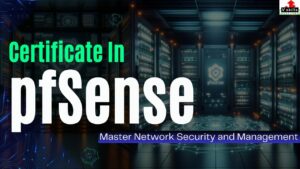Unsupervised learning, a subset of machine learning, involves training algorithms on unlabeled data. Unlike supervised learning, which requires labeled data to guide the model, unsupervised learning identifies patterns, structures, and relationships within the data itself. This approach is particularly valuable when labeled data is scarce or expensive to obtain.
Clustering
Clustering is one of the most fundamental applications of unsupervised learning. It involves grouping similar data points together based on their inherent characteristics. This technique is used in various fields, including:
- Customer segmentation: Identifying distinct customer groups with similar preferences and behaviors to tailor marketing strategies.
- Image segmentation: Grouping pixels in an image into different regions based on color, texture, or other visual features.
- Anomaly detection: Detecting unusual or abnormal data points that deviate from the norm.
- Social network analysis: Identifying communities or groups within a social network.
Dimensionality Reduction
Dimensionality reduction techniques aim to simplify complex data by reducing the number of features while preserving essential information. This is particularly useful when dealing with high-dimensional data, which can be computationally expensive and difficult to interpret. Some common dimensionality reduction techniques include:
- Principal Component Analysis (PCA): Identifying the most important features (principal components) that explain the variance in the data.
- t-SNE: Visualizing high-dimensional data in a low-dimensional space, preserving local structure.
- Autoencoders: Neural networks trained to reconstruct input data, learning latent representations in the process.
Association Rule Mining
Association rule mining discovers relationships between items or events within a dataset. This technique is widely used in market basket analysis, where it identifies products that are frequently purchased together. For example, association rule mining might reveal that customers who buy milk often also purchase bread.
Generative Modeling
Generative models learn to generate new data samples that resemble the training data. This has applications in various domains, including:
- Image generation: Creating realistic images of objects or scenes.
- Music generation: Composing new music pieces.
- Text generation: Generating human-quality text, such as articles or stories.
Anomaly Detection
Anomaly detection involves identifying data points that deviate significantly from the norm. This technique is used in fraud detection, network intrusion detection, and quality control. By identifying anomalies, businesses can take proactive measures to mitigate risks and improve their operations.
Unsupervised learning has a wide range of applications across various industries. By leveraging its ability to discover patterns and relationships within unlabeled data, organizations can gain valuable insights and make data-driven decisions.


